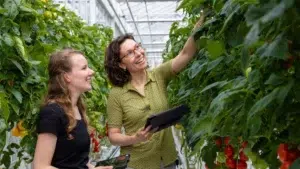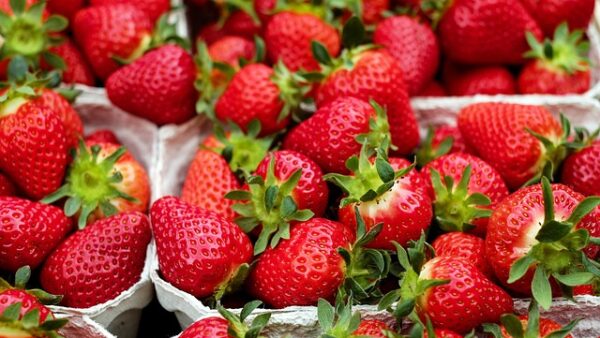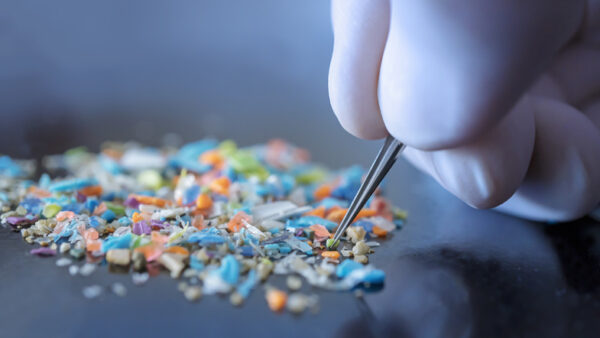Very few understand the complexities of a true global integrated seed company today. With advancements in breeding techniques, IP systems, and DUS testing, when it comes to seed production, many would underestimate the path some of the new cultivars in development today take to address today’s hungry planet.
First let’s look at the clay used to bring new seed innovations to farms around the world. This includes germplasm, GM traits, non-GM traits (yield/stress efficiency, disease tolerance, quality, etc.), breeding processes, production processes, phytosanitary regulations and seed treatments. Next, think about molding all these into commercial cultivars to meet growers’ unmet needs around the world you have a complicated development and supply chain orchestrated by many dedicated seed specialists.
Next, let’s look at some of the rules of the road to manage seed innovations. In 1961, the International Union for the Protection of New Varieties of Plants (UPOV) was established as the model guidelines for nation states to implement in their own jurisdiction. Today there are approximately 67 states and two organizations (EU27 & AIRO17) that are bound by UPOV 78 or UPOV91. The implementations provide a baseline for intellectual property protection (IP) and also harmonization of Distinctness, Uniformity and Stability (DUS) in each signatory nation. For example, in the U.S. these are known as Plant Variety Certificates (PVP) whereas in many other countries they are known as Plant Breeders’ Rights (PBR).
DUS testing ensures the cultivar is true to type and provides the breeder the necessary info to claim PBR.
Now imagine a globally integrated seed company developing cultivars for growers in many areas having to navigate the germplasm development, along with a global IP strategy and DUS testing for narrowing down “commercially acceptable” cultivars and you get the sense of the complexity of a global breeding program. Included among this is the realization that for some crops — such as vegetables or forage grasses — the development cycle may take a cultivar across up to fix to six countries in order to navigate a “true to type” development/supply chain.
With a global seed market estimated to be $48-63 billion/annum with an estimated CAGR of 8.1%, a serious commitment to seed innovation is needed to feed this hungry planet of approximately 8.02 billion citizens.
Seed companies are committing around 15% of annual turnover in order to deal with growers’ unmet needs and global climatic changes and limited resources. New breeding techniques are a bright spot with the potential to speed up the numbers game of identifying seed innovations related to climatic stress, nutrient use, yield gains, disease tolerance, quality/nutritional improvements, pest tolerances and operational efficiency needs.
This commitment to seed innovations has provided the vast number of cultivars such as tomatoes (more than 10,000 cultivars) to watermelons (more than 1,200 cultivars) and maize (more than 10,000 cultivars) which depend on genetic diversity. This genetic diversity is a global pool of improvements grown and identified from all parts of the world.
When you go to your local grocery store or to another country’s farmer’s market and are amazed at the different vegetable offerings, realize that this is a global effort by many committed professional individuals working for integrated seed companies.
International is a global perspective…













